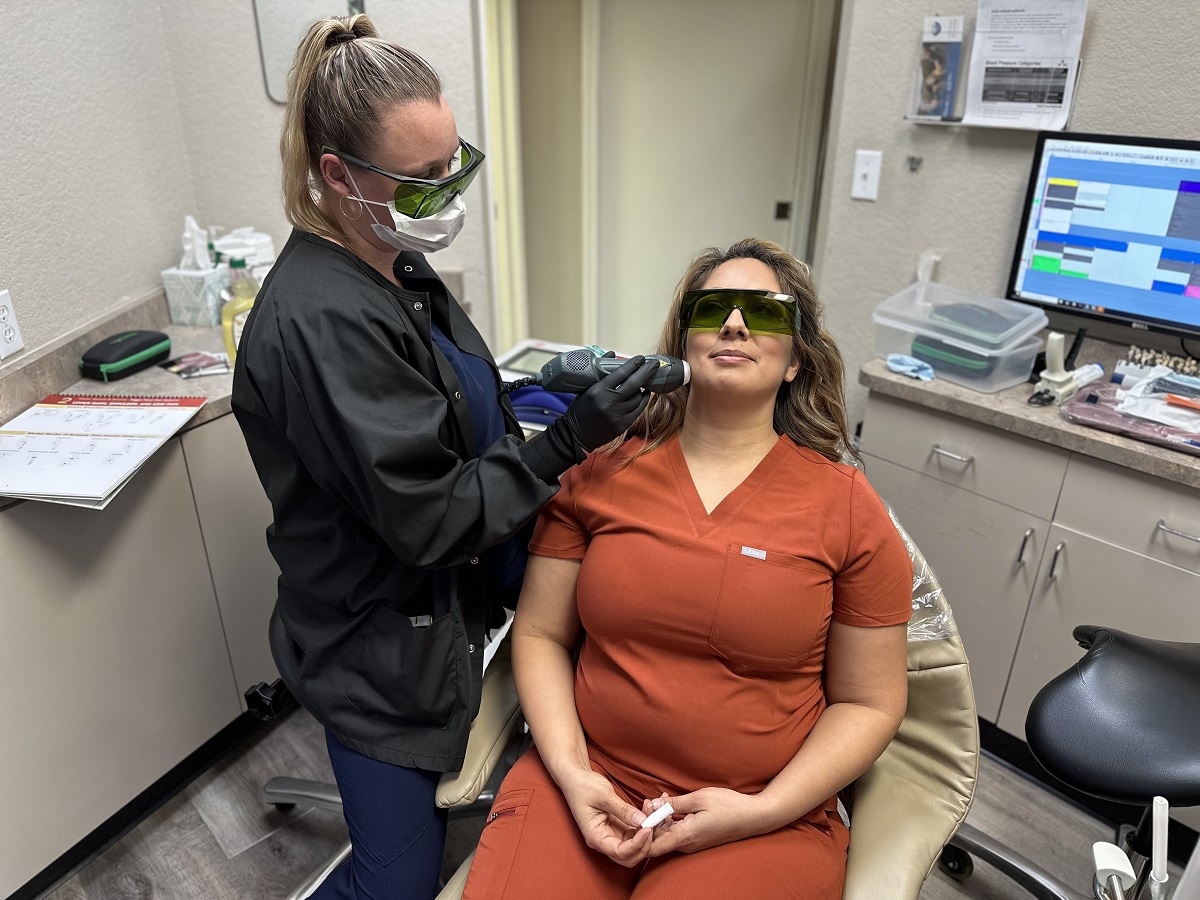
WHAT IS TMJ?
The temporomandibular joints connect the lower jaw to the temporal bone. These joints, along with their muscles, ligaments, and tendons, collaborate to facilitate oral functions like chewing, speaking, and yawning. The TMJ has a soft disc that acts as a shock absorber, ensuring smooth movements in all directions between the lower jaw and the temporal bone. Given its complexity, the TMJ is often regarded as one of the most difficult joints to address when problems occur.
Different Types and Symptoms of TMJ Disorders
TMJ disorders can be categorized into three groups:
- Myofascial pain, which is characterized by discomfort in the jaw joint area due to increased muscle tension and spasms caused by various factors.
- Internal derangement, which refers to the displacement of the disc, dislocation of the jaw, or trauma to the jaw condyles.
- Arthritis, a degenerative joint disease.
The risk of developing a TMJ problem is higher for individuals who grind their teeth or have bruxism for a prolonged period, have experienced a jaw injury, or have certain types of arthritis such as rheumatoid arthritis or osteoarthritis. Some of the major symptoms of TMJ disorders include the following:
- Pain in the jaw, face, or neck
- Stiffness in the jaw muscles
- Difficulty opening or closing the mouth
- Jaw clicking or popping
- Tinnitus (ringing in the ears)
If you are experiencing any of these symptoms, don’t hesitate to contact our dental team at Discover Dental Rocklin. We believe that early diagnosis and treatment can help to prevent the symptoms from worsening.
Diagnosis and Treatment
Are you suffering from Jaw Pain? Don't Grind Your Way Through Life! Discover Dental Rocklin offers transformative TMJ treatment options in Rocklin, CA, from diagnosis to relief. The dentist will conduct a comprehensive assessment of joint symptoms and function to identify any potential TMJ disorder. If necessary, additional diagnostic tests, such as specialized radiographic imaging, may be requested. Treatment options can involve using oral appliances like night guards or stabilization splints to alleviate stress on the joints. Other therapeutic approaches include using laser treatment & Botox therapy for treating TMJ disorders. Laser treatment works by removing damaged cells, reducing oxidative stress, and promoting the survival of healthy cells. This double action helps to decrease inflammation and promote healing, ultimately leading to a more comfortable, functional jaw. Botox works by gently relaxing muscles. In the case of TMJ, this can significantly reduce tightness and ease pain. While Botox is often used alongside other TMJ therapies, for some patients, it may be the key to feeling better.

